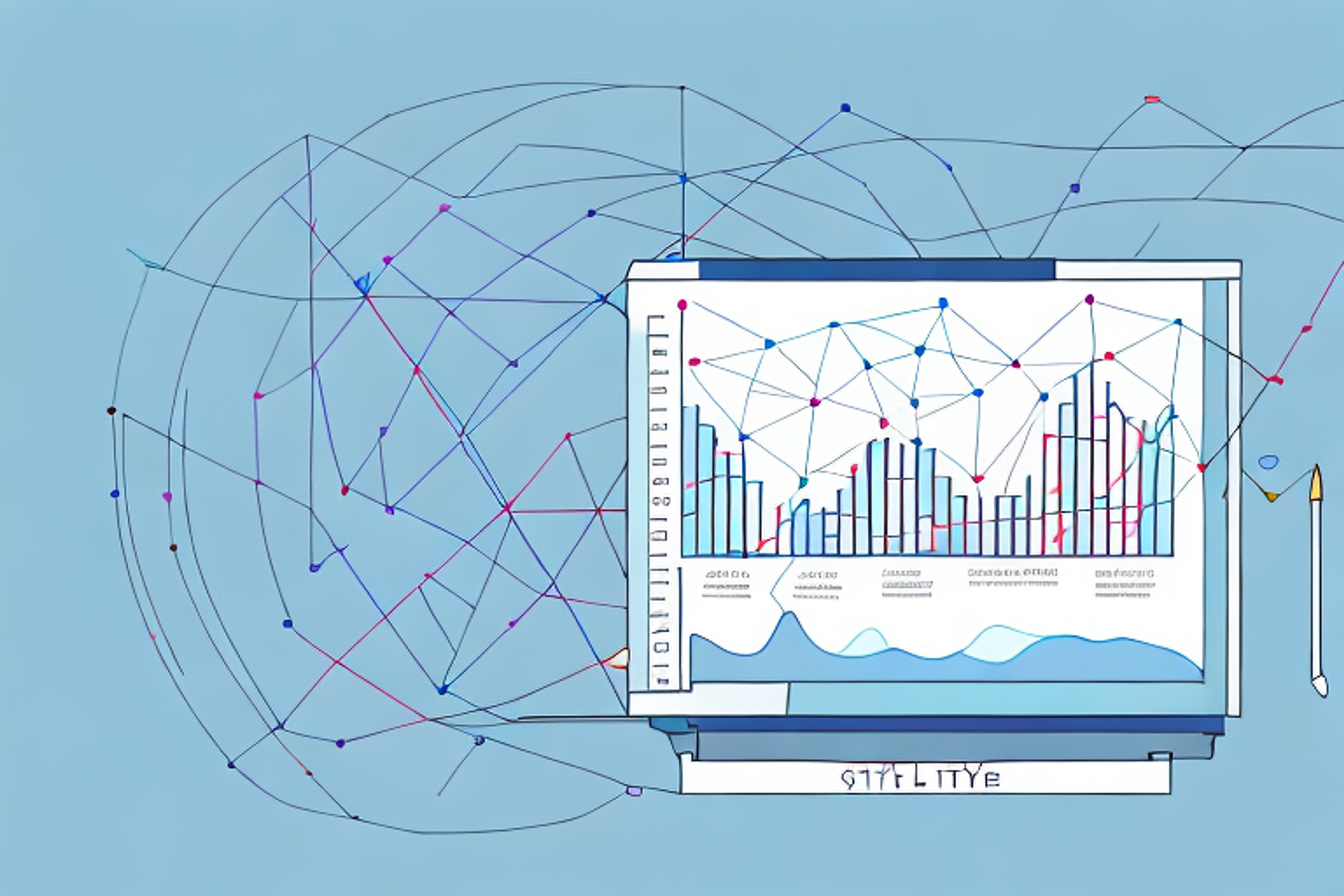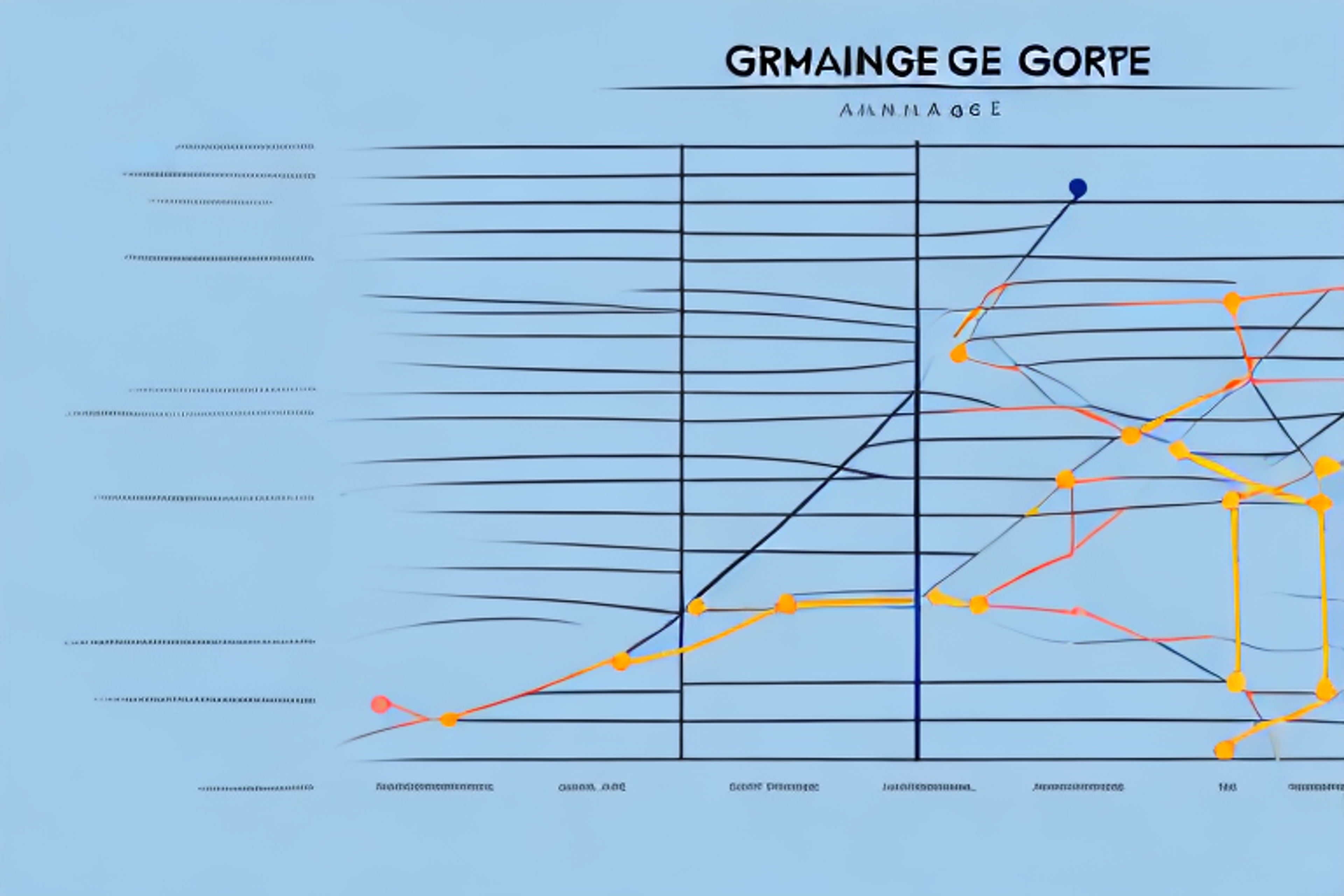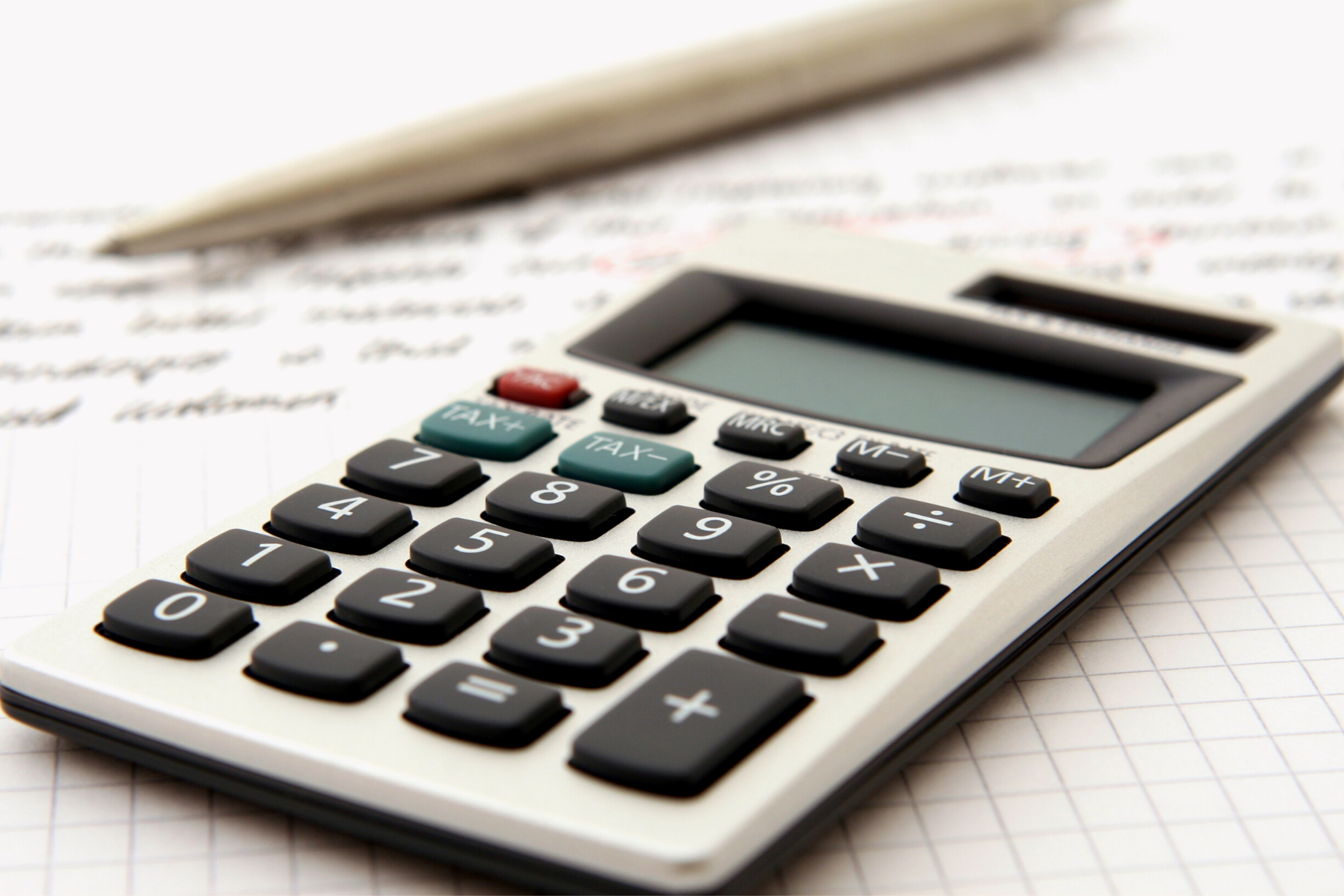
Free Event

Featuring Sujoy Kumar D.
Combinatorics for the GMAT & GRE - Part 1
Starting Saturday, March 29
1:30 AM UTC · 90 minutes

Featuring Sujoy Kumar D.
Table of Contents
The GMAT Integrated Reasoning section is a crucial part of the GMAT exam. It tests a candidate's ability to analyze and interpret complex data from multiple sources and make decisions based on the information provided. Table Analysis is one of the question types in this section, and it requires test takers to analyze and make decisions based on data presented in tables. In this article, we will discuss how to solve Table Analysis questions in the GMAT Integrated Reasoning section in detail and provide you with some tips and tricks to improve your performance.
Understanding the GMAT Integrated Reasoning Section
The GMAT Integrated Reasoning section is a 30-minute section that includes 12 questions. It evaluates a candidate's ability to analyze data, solve complex problems, and make strategic decisions. The section comprises four types of questions: Table Analysis, Multi-Source Reasoning, Graphics Interpretation, and Two-Part Analysis. The section is scored on a scale of 1-8 and is considered an essential component of the GMAT exam.
Table Analysis questions require candidates to analyze and interpret data presented in a table format. These questions test a candidate's ability to identify trends, patterns, and relationships between different data points. Multi-Source Reasoning questions, on the other hand, require candidates to analyze and synthesize information from multiple sources, such as graphs, tables, and text passages. These questions test a candidate's ability to integrate information from different sources and draw conclusions.
Graphics Interpretation questions require candidates to interpret data presented in a graphical format, such as a scatterplot or a line graph. These questions test a candidate's ability to understand and analyze data presented in a visual format. Two-Part Analysis questions require candidates to solve complex problems by breaking them down into two parts. These questions test a candidate's ability to think critically and logically to solve complex problems.
What are Table Analysis Questions in the GMAT Integrated Reasoning Section?
Table Analysis questions in the GMAT Integrated Reasoning section present data in the form of tables. The data is often too complex to evaluate quickly, and the candidate needs to interpret it effectively. The questions may require the candidate to sort and filter data, analyze trends, and identify outliers. The candidate may also need to make decisions based on the information presented in the table.
It is important for candidates to practice their table analysis skills before taking the GMAT Integrated Reasoning section. One effective way to do this is by working with real-world data sets and practicing sorting, filtering, and analyzing the data. Candidates can also benefit from learning how to use spreadsheet software, such as Microsoft Excel, to manipulate and analyze data. By developing strong table analysis skills, candidates can improve their performance on the GMAT Integrated Reasoning section and make more informed decisions in real-world business situations.
How to Approach Table Analysis Questions in the GMAT Integrated Reasoning Section
The key to solving Table Analysis questions in the GMAT Integrated Reasoning section is to approach them methodically. First, carefully read the table and understand the data presented. As you read, make notes and jot down essential points to help you remember the information. Next, identify the question type and read the question carefully. Identify the relevant information from the table and use it to answer the question. Finally, check your answer and make sure it is logical and relevant to the question asked.
Another important aspect to keep in mind while solving Table Analysis questions is to pay attention to the units of measurement used in the table. Sometimes, the units may be different for different columns or rows, and this can affect your analysis and interpretation of the data. Make sure to convert the units to a common standard if necessary, to avoid any errors in your calculations.
Additionally, it is essential to practice solving Table Analysis questions regularly to improve your speed and accuracy. You can find practice questions online or in GMAT preparation books. Set a timer and try to solve as many questions as you can within the given time frame. This will help you get familiar with the question types and develop strategies to solve them quickly and efficiently.
Tips and Tricks for Solving Table Analysis Questions in the GMAT Integrated Reasoning Section
Here are some tips and tricks that can help you solve Table Analysis questions effectively:
- Practice visualizing data in tables to interpret it faster and more accurately.
- Learn to recognize different types of table formats and their structure.
- Understand key terms and concepts related to data analysis, such as means, medians, standard deviations, and correlations.
- Try to identify patterns and trends in the data presented to help you answer the question.
- Use the filter and sort functions in the table to organize the data and identify relevant information.
Another useful tip is to pay attention to the units of measurement used in the table. Make sure to convert them if necessary to ensure accurate analysis and comparison of the data. Additionally, it can be helpful to create your own visual aids, such as graphs or charts, to better understand the data and identify any outliers or anomalies. Finally, don't forget to double-check your calculations and interpretations to avoid careless mistakes.
Common Mistakes to Avoid While Solving Table Analysis Questions in the GMAT Integrated Reasoning Section
Table Analysis questions can be tricky, and candidates must avoid common mistakes that can impact their scores. Some mistakes to avoid include:
- Relying too much on the data presented and not applying common sense when answering the questions.
- Not double-checking your work and making careless errors.
- Not reading the question carefully and missing relevant information in the table.
- Not managing your time effectively throughout the section and running out of time for some questions.
Another common mistake to avoid is not understanding the different types of tables that can appear in the GMAT Integrated Reasoning section. There are four types of tables: simple tables, tables with totals, tables with percentages, and tables with ratios. Each type requires a different approach to analysis and interpretation, so it's important to be familiar with all of them before taking the exam.
Examples of Table Analysis Questions in the GMAT Integrated Reasoning Section
Here are some examples of Table Analysis questions you might encounter in the GMAT Integrated Reasoning section:
- What is the highest value for variable X in the table?
- What percentage of participants had a score higher than 800 in the test?
- What is the correlation between variable X and variable Y in the table?
- What is the mean of values for variable Z in the table?
Another type of Table Analysis question that may appear on the GMAT Integrated Reasoning section is identifying the mode of a set of data in the table. This requires you to determine the value that appears most frequently in a particular column or row of the table.
Additionally, you may be asked to calculate the range of a set of data in the table. This involves finding the difference between the highest and lowest values in a particular column or row of the table.
Practice Exercises for Improving Your Performance in Table Analysis Questions in the GMAT Integrated Reasoning Section
If you want to improve your performance in Table Analysis questions in the GMAT Integrated Reasoning section, practice is key. Here are some exercises you can try:
- Download practice test materials and sample questions from the official GMAT website.
- Try to solve Table Analysis questions from previous GMAT exams.
- Join a study group or find a GMAT tutor who can provide feedback and support.
- Take advantage of online resources, such as instructional videos and practice exercises.
Another effective way to improve your performance in Table Analysis questions is to create your own practice questions. This will help you to better understand the types of questions that may appear on the GMAT and to develop your own strategies for solving them.
Additionally, it is important to review your mistakes and learn from them. After completing practice exercises, take the time to analyze your answers and identify any areas where you struggled. This will help you to focus your future practice efforts and improve your overall performance.
Importance of Time Management While Solving Table Analysis Questions in the GMAT Integrated Reasoning Section
Effective time management is essential for success in the GMAT Integrated Reasoning section. Table Analysis questions can be time-consuming, and candidates must manage their time effectively to complete all questions before the time runs out. One way to do this is by practicing with timed tests and learning to pace yourself accordingly.
How to Analyze Data Effectively to Solve Table Analysis Questions in the GMAT Integrated Reasoning Section
Effective data analysis is the most critical skill for solving Table Analysis questions in the GMAT Integrated Reasoning section. Here are some techniques you can use to analyze data effectively:
- Survey the data and strategically focus your analysis on the most relevant information.
- Interpret the data and identify patterns and trends to help draw conclusions.
- Use the filter and sort functions in the table to organize the data logically.
- Explore different approaches to solving the question to ensure you arrive at the correct answer.
In conclusion, Table Analysis questions can be challenging, but with practice and careful preparation, you can improve your performance in the GMAT Integrated Reasoning section. Follow the tips and tricks provided above and practice consistently to master the skills required for Table Analysis questions. Good luck!











